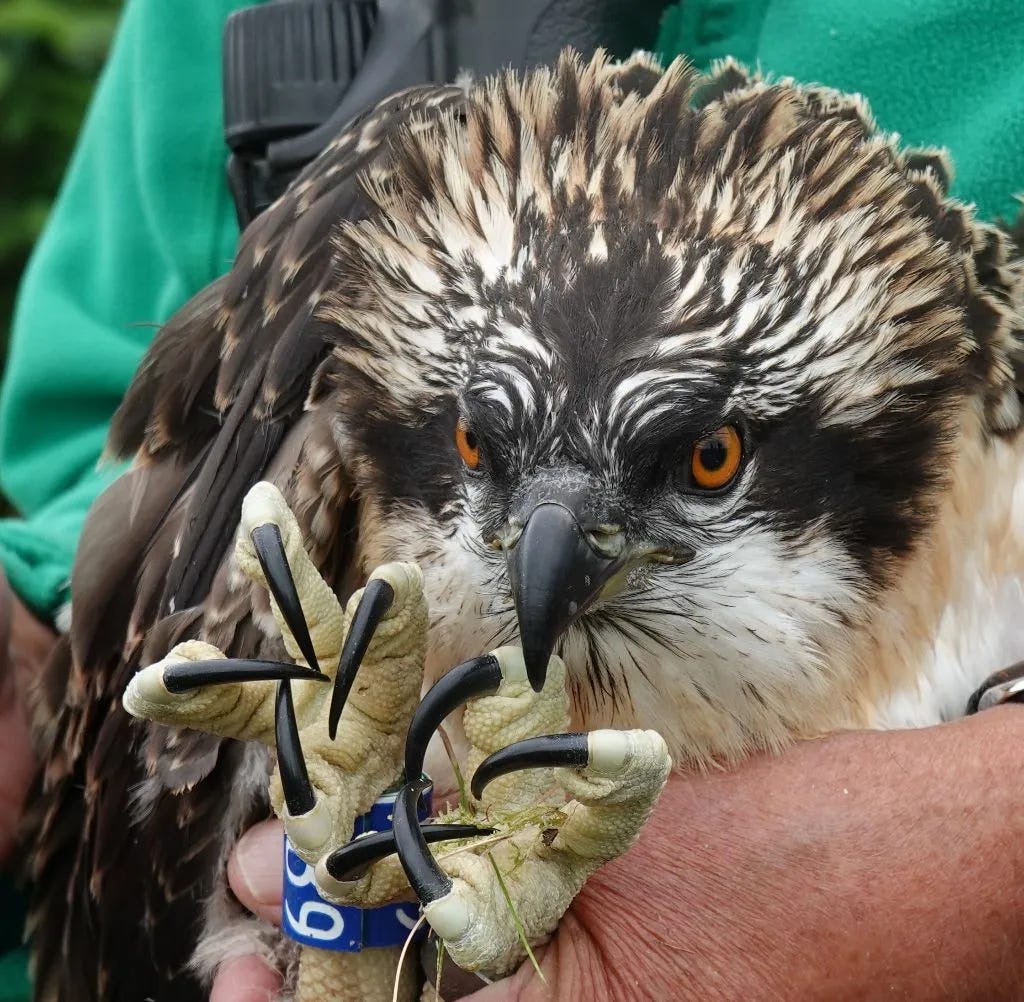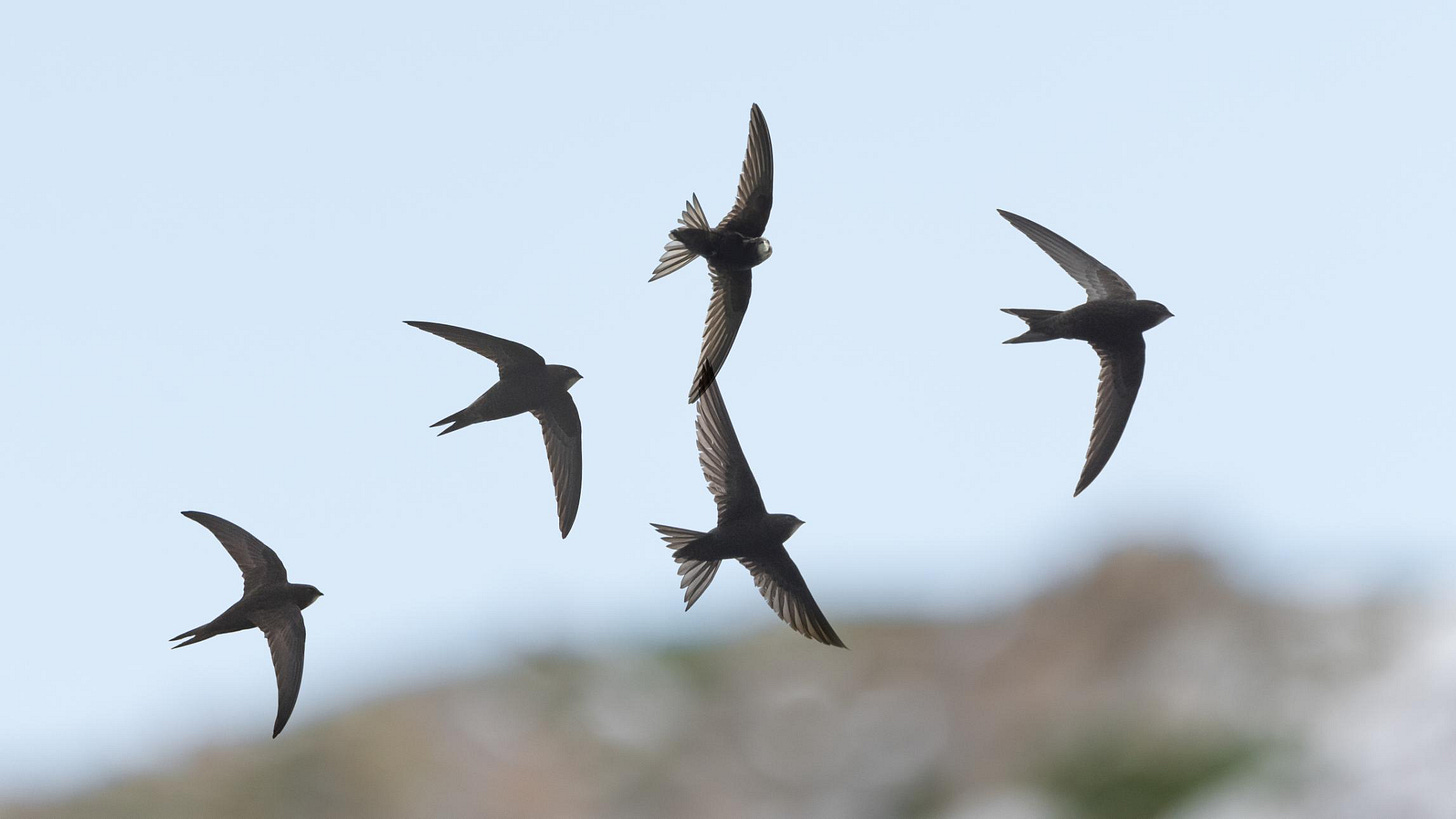Osprey wins the race back for the best nest
She’s back! Osprey KX7 (we’re presuming she also works for MI5) bags the best seat in the house at Kielder. Tony Henderson reports.
A female osprey has set a new record for early arrival in Northumberland as she landed to reclaim her ‘nest with a view’.
KX7 is back at Kielder after her 4,000-mile migratory flight from Senegal in Africa and has settled on nest 7, overlooking the reservoir.
She has bred at the Kielder nest with her mate KM18 since 2020 and they have produced 14 youngsters.
“It is good that she is back as she is a good breeder and a good mother,” said Kielder osprey monitor Joanna Dailey.
Her return comes as new research by the British Trust for Ornithology (BTO) and Durham University indicates that many migratory bird species are lacking consistent protection as they move through Europe, between their northern breeding grounds and their wintering quarters in Africa.
Many species of migratory birds have been declining in recent decades. Each species face their own set of obstacles as they cover vast distances from north to south and back again.
The North East researchers from Durham’s Biosciences department, in collaboration with the BTO, have conducted a study to understand the challenges faced by migratory birds across Europe and Africa.
Read more: Bats and bullet holes - artist Luke Jerram in Helios at Seaton Delaval Hall
Durham University’s Prof Stephen Willis said: “Migratory bird species have been declining more rapidly than resident species for several decades. It is vital to understand the drivers of these declines, to allow action to allow populations to stabilise and recover.”
The research focused on 30 bird species, tracking their movements to assess whether they had access to protected habitats at crucial stages of their migration.
It revealed that while some areas provide strong protections, key stopover sites and wintering grounds often fail to meet the needs of the birds.
Habitat destruction, climate change, pollution, and hunting have all played a role in their decreasing numbers.
The study highlights that species whose migration routes do not align with protected areas are the ones declining the fastest.
It suggests practical solutions such as temporary conservation measures, seasonal hunting bans, and improved habitat management during peak migration periods.
Researchers believe that by identifying critical weeks when birds are most vulnerable, conservationists can implement targeted protections.
Dr Jennifer Border, senior research ecologist at BTO, said: “By better understanding each migratory species’ requirements at all stages of their lifecycle, we can hope to implement practical protection for key sites at peak periods of their journey.
“This study provides important new evidence that protected areas make an important contribution to the conservation of migratory bird species, as the species whose distributions overlap the least with protected areas have declined the most.
“Increasing protected area coverage, in line with internationally agreed targets, should therefore make an important contribution to the future conservation of these declining migratory birds that have so much cultural significance across Europe."
.






